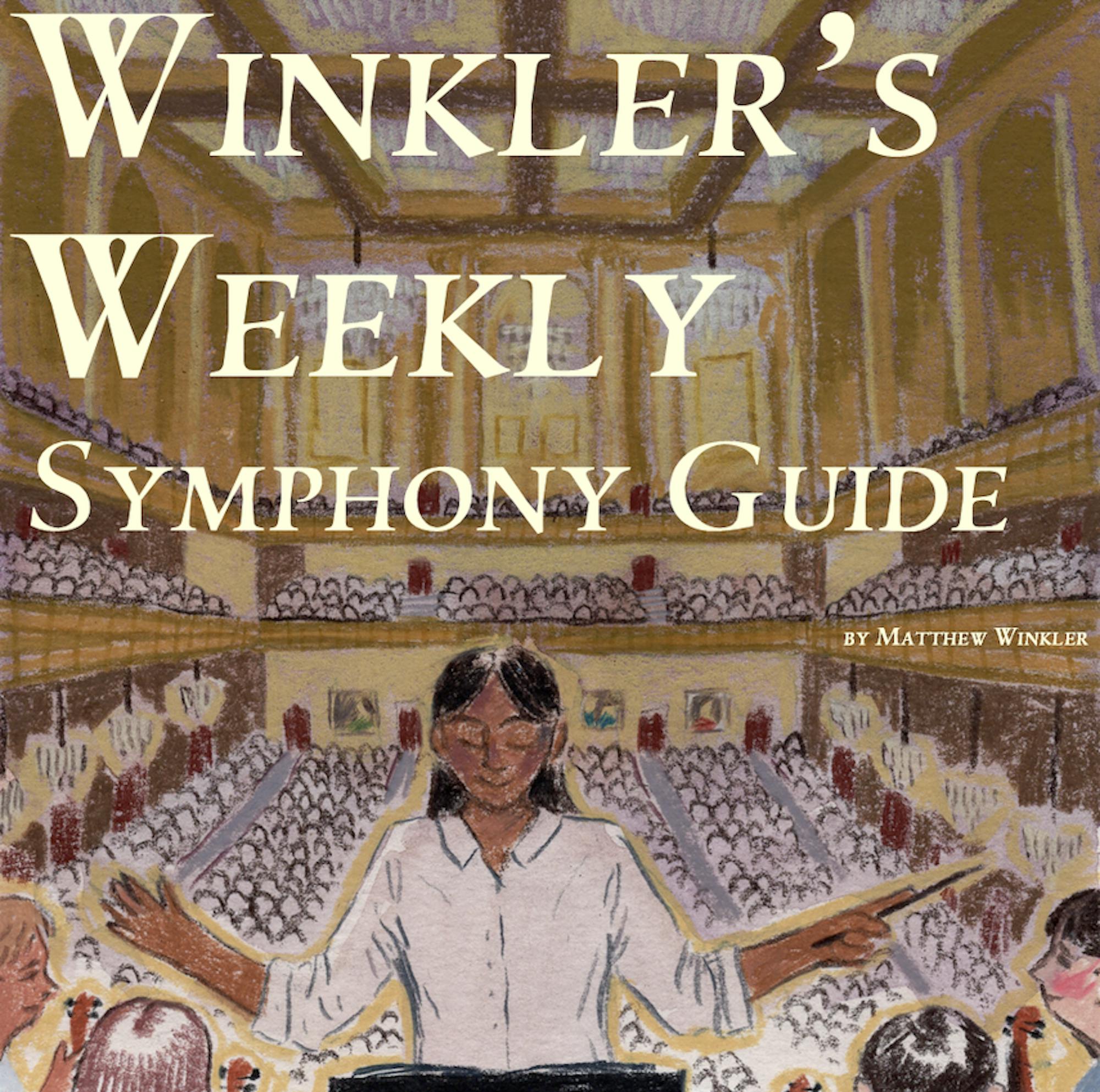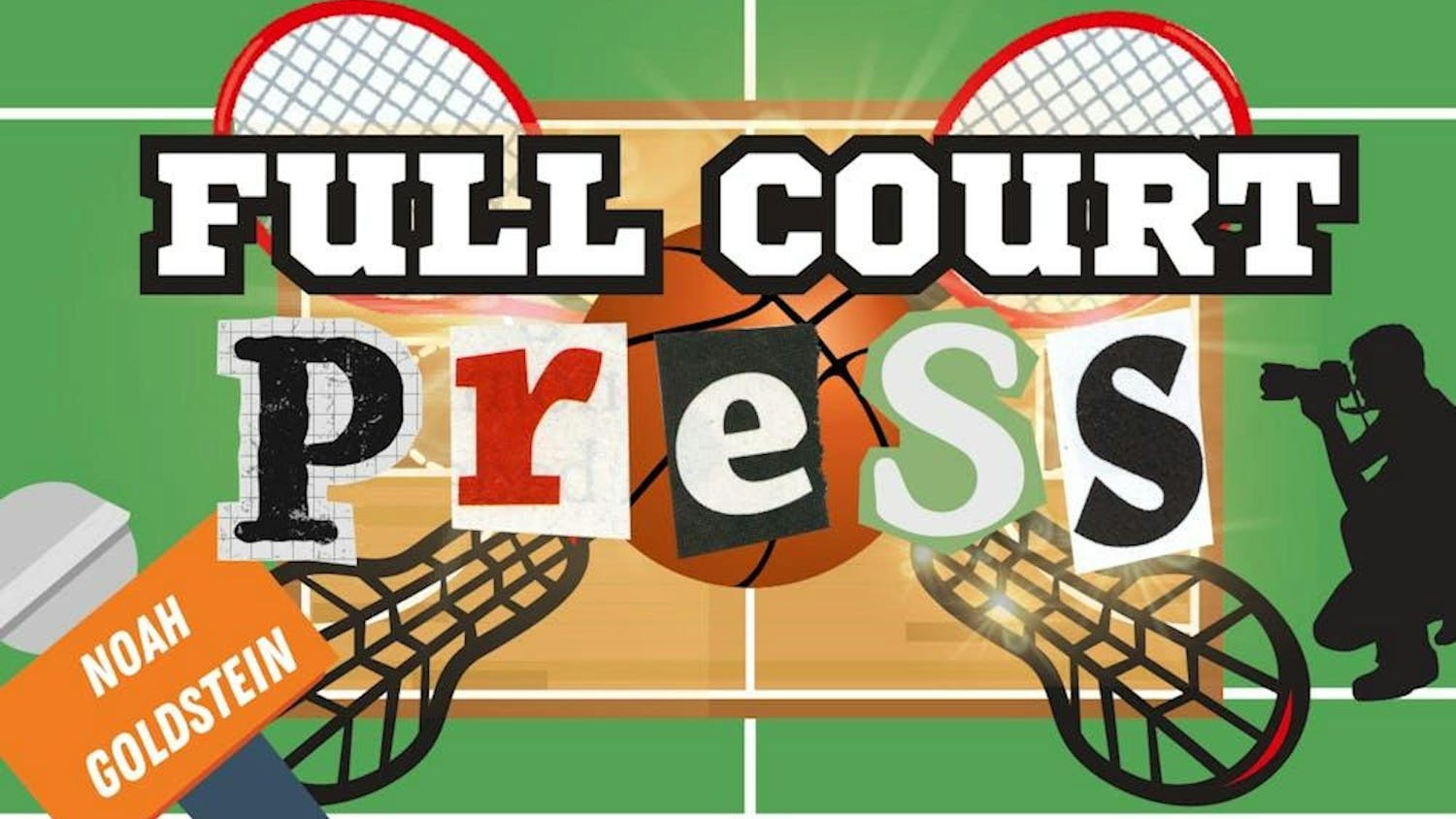It is no secret that classical music, or perhaps more broadly ‘art music,’ is generally an unpopular artform among young audiences. Many doomsayers point to the gray heads of audiences in symphony halls as proof of the death of classical music. The argument goes that without new, young classical fans, there will be no one to replace the current generation of fans when they pass away. I’m even guilty of making this argument. While these are valid concerns (the statistics tell a grim story), it is too pessimistic, melodramatic and disrespectful to the main base of elderly people to foretell the death of all classical music. I am not going to defend the artform, try to convert any skeptical readers or take some elitist stand professing the death of music. Young people have made their decision, and I will not try to argue for classical music for our generation, or even argue that there is anything wrong with our generation not liking classical music. Instead, I hope to share a few simple thoughts on listening.
The way humans experience music is a unique phenomenon. Only humans have a sense of entrainment, the way in which we collectively feel rhythm, making music hard-wired into our biology. Music is experienced in two ways, communally and individually. The outward social experience of dancing and singing is the communal aspect of listening. It is naturally intuitive, and one of the greatest powers that music has is bringing people together to affirm our humanity. The largest detractor of classical music for a new listener is its inability to tap into this collective listening. But communal listening is only one identity, and it is becoming all that music is known for. In our increasingly tech-driven, distraction-prone world (not to even speak of the cutting of arts and humanities across the board in education) individual listening is neither taught nor practiced. By individual listening I mean the personal emotional impact that music has on you, the individual. A room of people may all be dancing, singing and experiencing similar emotions, but every individual’s relationship with the song or piece of music is unique. Individual listening can be practiced and improved upon, but like communal listening, it is visceral and requires no education to understand. Music theory is not needed to understand emotions.
Individual listening is misunderstood when viewed at the top of a hierarchy. In their loneliness the elitists champion it as a beacon of hope, and in their annoyance the populists shun and ignore it. They are both equally missing the point. Both forms of listening hold the same importance. Ignoring either severs much of their beauty. I only stress the importance of individual listening because I’ve noticed it is currently undervalued. A big problem in our otherwise vivid and burgeoning musical culture is that we refuse to consciously practice or consider individual listening. And this is no surprise, as our cultural and educational institutions have stopped promoting this form of listening. But as life-affirming as social listening can be, there is a quieter, sublime beauty to be found if you give an ear to individual listening






